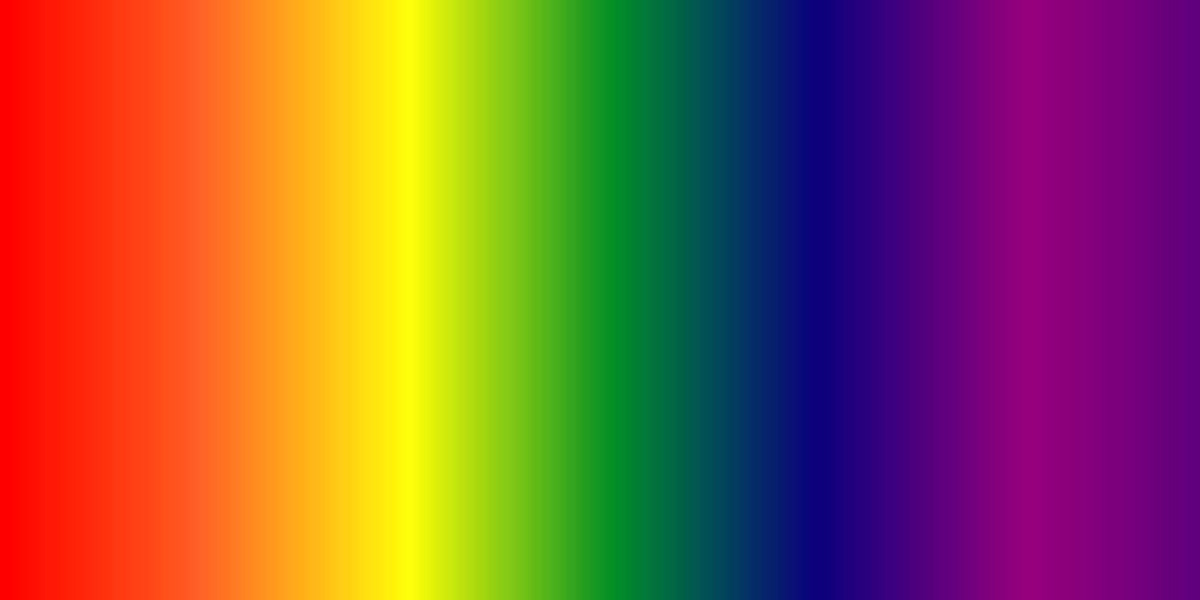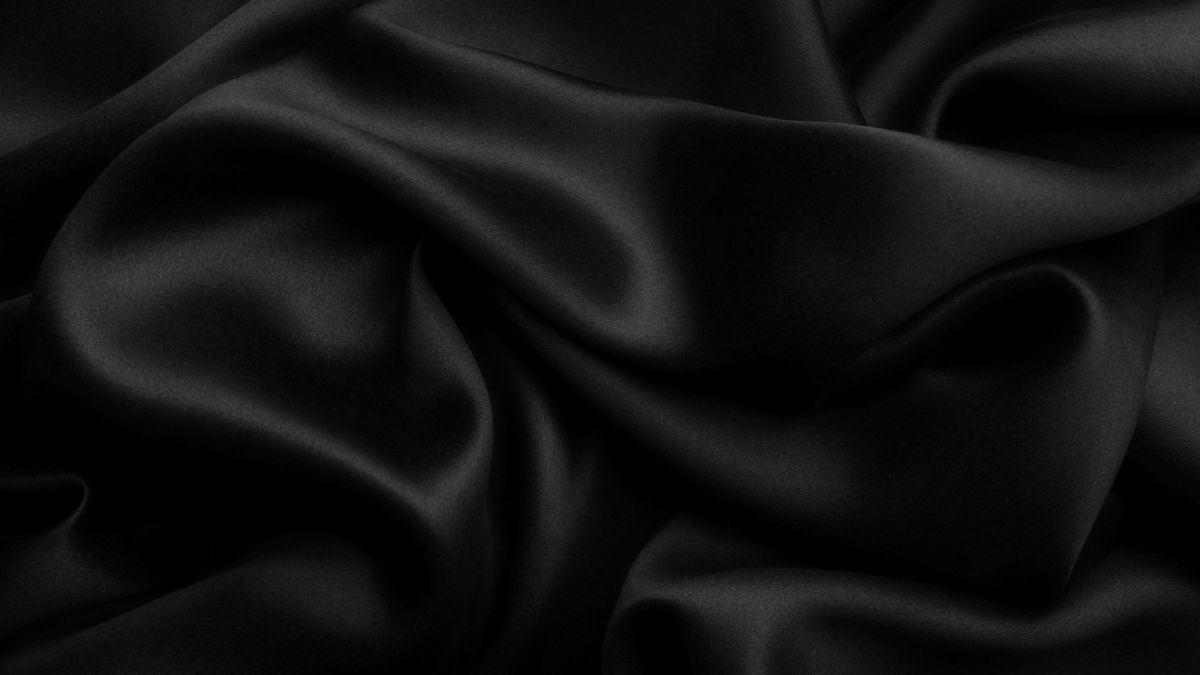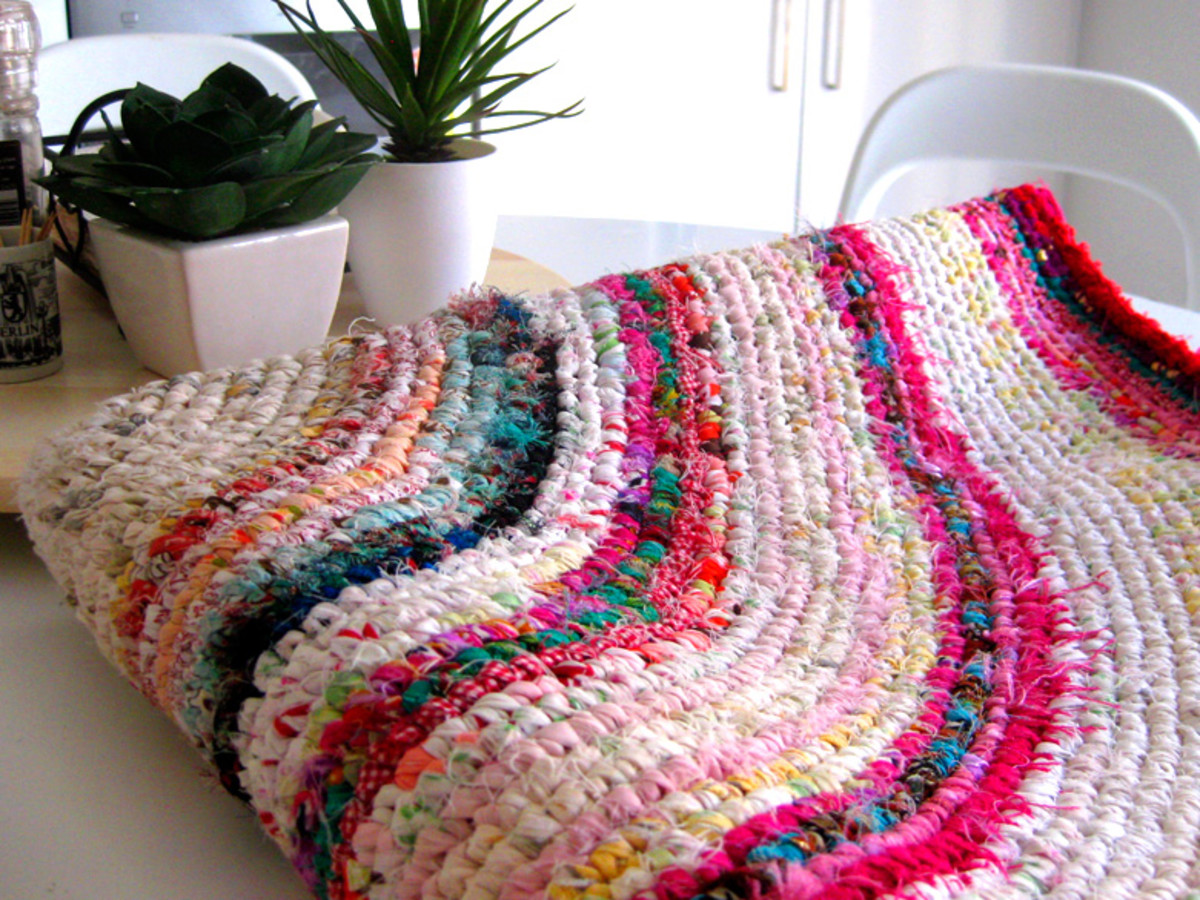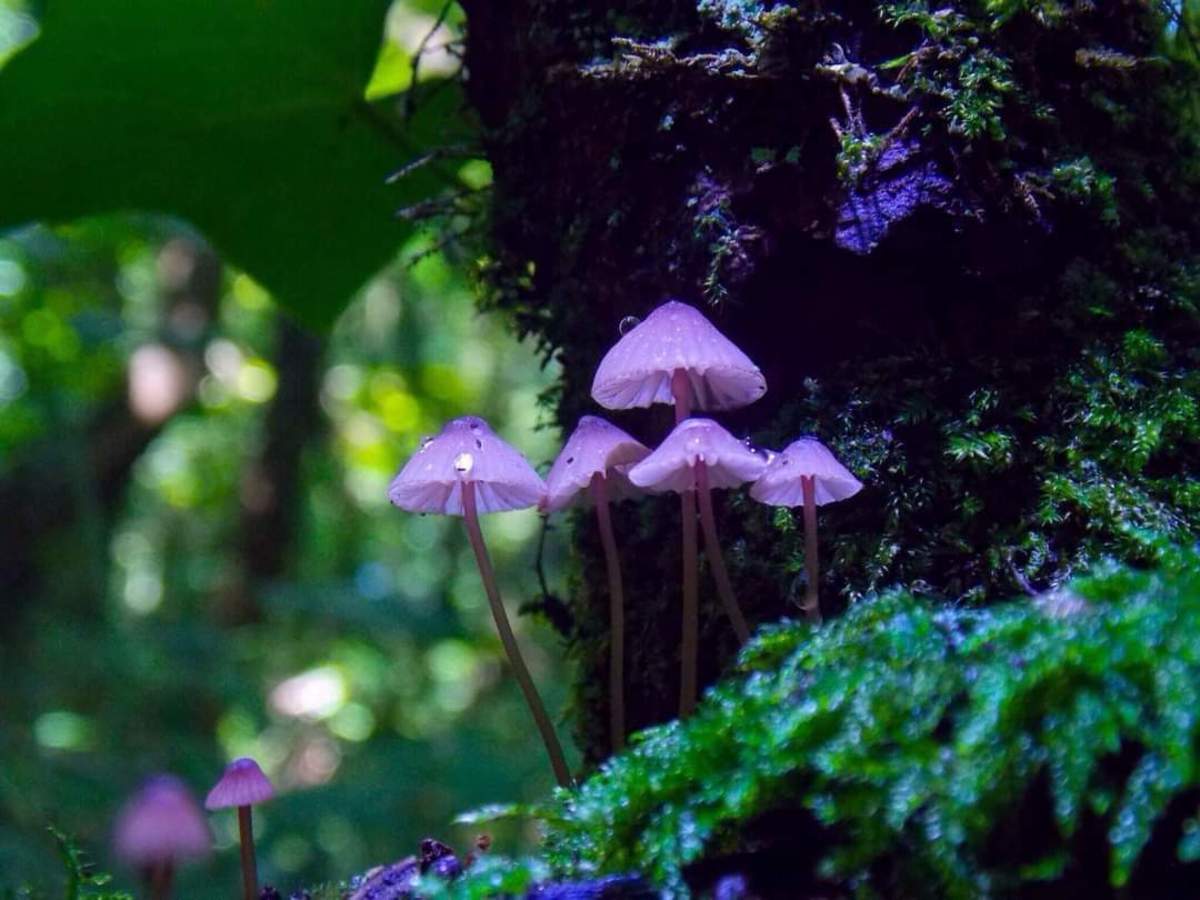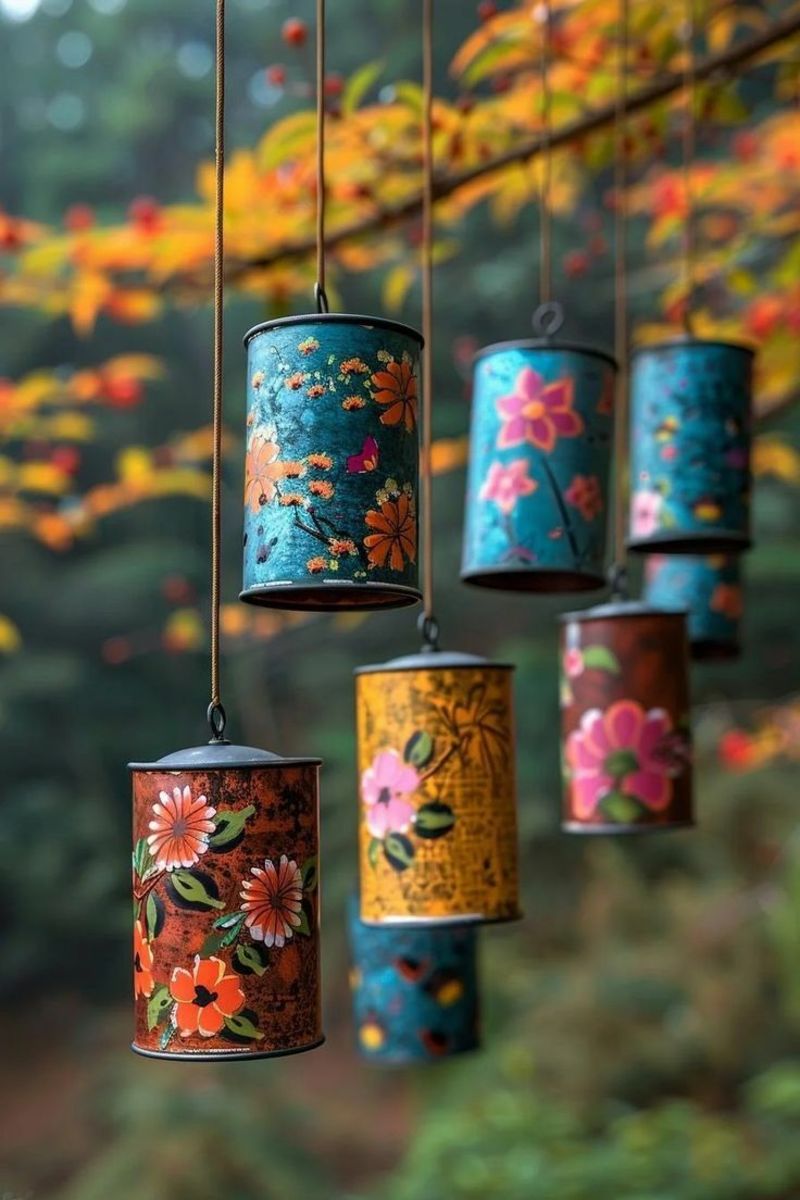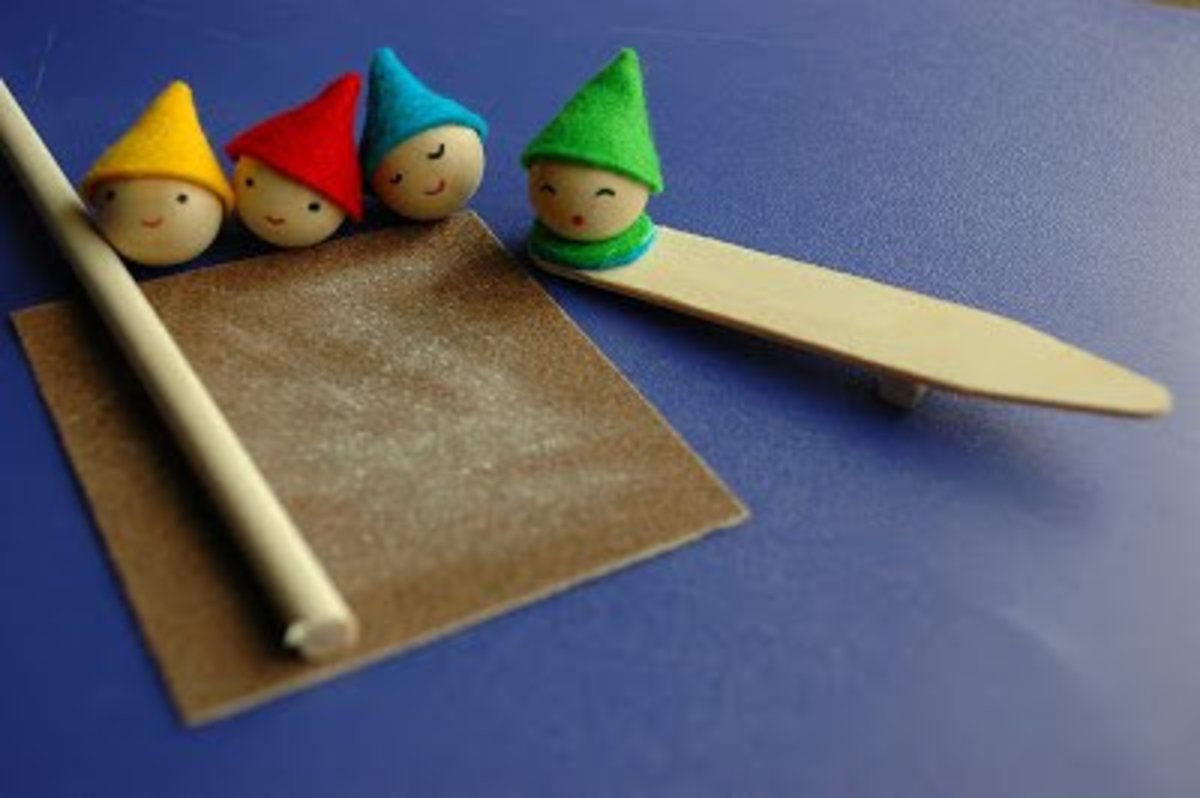Color Part 12 - Mom Nature's Colour Sense
Natural Shades
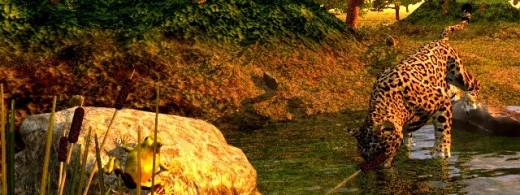
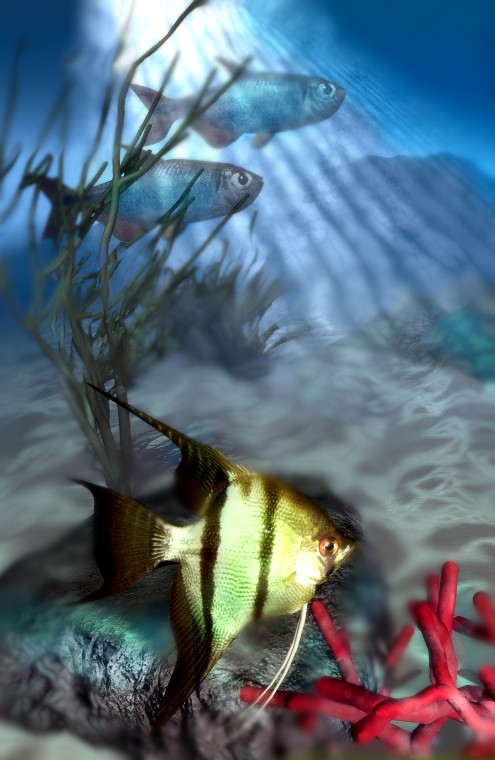
"Giraffe is about seventeen feet high, of a 'sclusively fulvous golden-yellow from head to heel; and Zebra is about four and a half feet high, of a'sclusively grey-fawn colour from head to heel." - Rudyard Kipling, ‘Just So Stories’
Mom Nature is the first colourist. And the mixing and matching of all her hues are perfect. Or, if you like to think things through, we take the perfection for granted, because we are born to think that way, being part of her.
Nature, like teenagers, seems to be interested in sex all the time. The brightest colours you see are for attracting something or somebody to further the cause of reproduction and propagation of various species. And if you look at birds, mostly the males are in full colour while the females are ordinary looking. How different from us humans! Or hue-persons, dear feminist colourists!
Human males come attired in a limited range of colours while women are available in infinite colours! No, I didn’t mean ‘available’ in that sense. Sorry, fems. Take a peek into the private life of our peacock, for the opposite concept. The chap is a multicolour edition while the gal is a grey gal.
“…No case interested and perplexed me so much as the brightly-coloured hinder ends and adjoining parts of certain monkeys. As these parts are more brightly coloured in one sex than the other, and as they become more brilliant during the season of love, I concluded that the colours had been gained as a sexual attraction.” – Charles Darwin, ‘The Descent of Man’
That man spent the prime of his life looking at the hinder parts of monkeys just to prove that our grandparents were apes. No wonder he was disliked by the folks of his time. But taking a tip from old Darwin, and trying to ignore the fact that some people’s great grandpappies look like great apes who can star in a Tarzan flick and no questions asked, …forget what I was going to say. Yeah, that’s right: lot of what we wear, we wear to attract our mate. Why lipstick is usually red, why we wear ties, why bikinis are sexy…
Chameleons change colour to suit their backgrounds and be apparently invisible to predators or prey. Polar bears and arctic foxes blend with the snow.Tigers have those black stripes enabling them to blend with the tall grass and its shadows. And zebras…honestly, I don’t know why zebras are like that! What’s their excuse for looking like walking barcodes?
“There may be either General Resemblance to surrounding objects or Special Resemblance to definite objects. The plain sandy colour of desert animals, the snow white of the inhabitants of the arctic regions, the inconspicuous hues of nocturnal animals, the stripes of the tiger and the zebra, the spots of the leopard and the giraffe have all a cryptic effect which at a very short distance renders the creatures invisible amid their natural surroundings. Nor is it necessary in order to attain this invisibility that the colouring should be really dull and plain. It all depends upon the habitat.” This is from ‘The Naturalist in Nicaragua’ by Thomas Belt, a book that Old Darwin read and appreciated. Ok, now I know why zebras are b&w. Or do I?
Colours also tell us, and other animals, what’s poisonous and what’s not. Toadstools, for instance, look great in fairytale illustrations, but their polka dotted colours are signs marked ‘Poison.’
Chlorophyll is the green colouring matter of plants, used to produce their food. If you want your potted croton to be greener, place the pot in the shade or indoors. The leaves become greener. If you want less green and more purple or whatever, keep the plant in sunlight. Voila! If you want to make it blue, pour a lot of ink into the pot. After all, we are part of nature, aren’t we? I read somewhere that if you eat a specific quantity of carrot, I forget how many, your skin will turn red. Have better things to do than verify this. All you idlers out there, try it for the sake of science, please. And post it on the net, for the rest of us to enjoy!
Nature changes colours with the seasons, followed by our fashion gurus. Our Leonardo, of Mona Lisa fame was a naturalist, among many other things. He observed the foliage and seasonal change of colours.
“The trees in a landscape are of various kinds of green, inasmuch as some verge towards blackness, as firs, pines, cypresses, laurels, box and the like. Some tend to yellow such as walnuts, and pears, vines and verdure. Some are both yellowish and dark as chesnuts, holm-oak. Some turn red in autumn as the service-tree, pomegranate, vine, and cherry; and some are whitish as the willow, olive, reeds and the like.” – Leonardo Da Vinci


